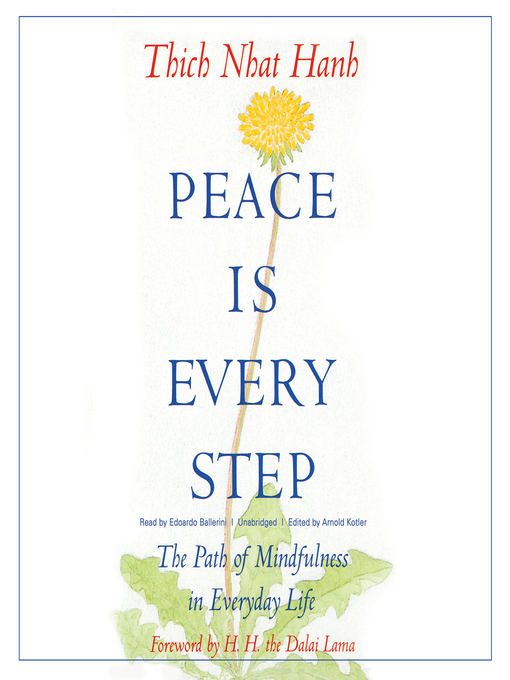Books and Resources about Poverty
by Crystal Hicks, Collection Services Manager

Though it’s the start of a new year, Manhattan Public Library (MPL)’s ReadMHK program is still going strong, and we hope you’ll join us in reading about our January topic, poverty awareness. Whether you’re among those struggling with poverty in our community, or you’d like to gain greater understanding and empathy, this article contains books and resources that may help you on your journey.
Stephanie Land’s “Maid: Hard Work, Low Pay and a Mother’s Will to Survive” broke ground when it came out in 2019, shedding light on the imbalance between the rich and those who are paid to clean their houses. Soon after having her first child, Land left her abusive relationship and began working as a maid to support herself and her child. “Maid” covers Land’s long journey from a homeless shelter (where her daughter learned to walk), through the difficulties of government-assisted housing, all while being paid a pittance for hours of grueling labor. MPL is hosting a discussion of “Maid” on January 26 at 7 PM, so stop by to register and pick up a free copy of the book to read before the discussion.
For a recent read-alike to “Maid,” check out Amanda Freeman and Lisa Dodson’s “Getting Me Cheap: How Low-Wage Work Traps Women and Girls in Poverty.” Freeman and Dodson interviewed hundreds of women, and their book details the sacrifices made by women who often only find work in the service industry. Acting as nannies or waitresses, their children are made to take on the mantle of adulthood too young, with long-lasting consequences.
Teen readers may be interested in “The Life and (Medieval) Times of Kit Sweetly” by Jamie Pacton. Kit works as a “Serving Wench” at The Castle, a local medieval-themed restaurant, but she dreams of being a Knight. Not only is it a cooler job, but the pay is better, meaning Kit could help her mom pay off the mortgage and still save up money to attend her dream college. Though this book includes a girl-power narrative and your typical will-they-won’t-they romance, what really stuck with me is the realistic depiction of Kit’s family’s poverty. Kit steals napkins and toilet paper from restaurants, and she spends the night with friends when the power is shut off, but she goes to great lengths to keep her friends from knowing the truth of her family’s circumstances, for fear they’d help her out of pity. This was a wonderful read on many levels, one of them being its focus on the working poor, a rare topic in teen fiction.
Children are not too young to learn about poverty, for many of them are growing up affected by it. “The Cot in the Living Room,” written by Hilda Eunice Burgos and illustrated by Gaby D’Alessandro, follows a girl whose mami lets children stay in their living room while their parents work overnight. Initially the girl is jealous, but slowly she develops empathy and comes up with a way to help those children feel more at home while they spend the night. “Still a Family,” written by Brenda Reeves Sturgis and illustrated by Jo-Shin Lee, focuses on a family that’s lost their house and has to live in shelters. It’s hard to feel like a family when the dad has to stay at a different shelter from the mom and daughter, but they find a way to spend time together, including sharing a birthday cupcake. In “Maddi’s Fridge,” written by Lois Brandt and illustrated by Vin Vogel, Sofia learns that her best friend Maddi has no food in her fridge, despite the fact that their lives look identical from the outside. Maddi asks Sofia to keep the secret, but is that really the best way for Sofia to help her friend?
MPL recently put together a new resource, “For Neighbors in Need,” a listing of local organizations that help those in need. This resource lists locations where people can go for assistance with food, clothing, laundry, hygiene, shelter, mental health and physical health. You can find this list at https://mhklibrary.org/for-neighbors-in-need/, or as a handout at the Reference Desk on the second floor.
For more book suggestions, check out our ReadMHK book lists on the MPL website, or stop by the library to talk to a librarian. We’ve got plenty of books and resources that can expand your worldview or help you find the support that you need.




